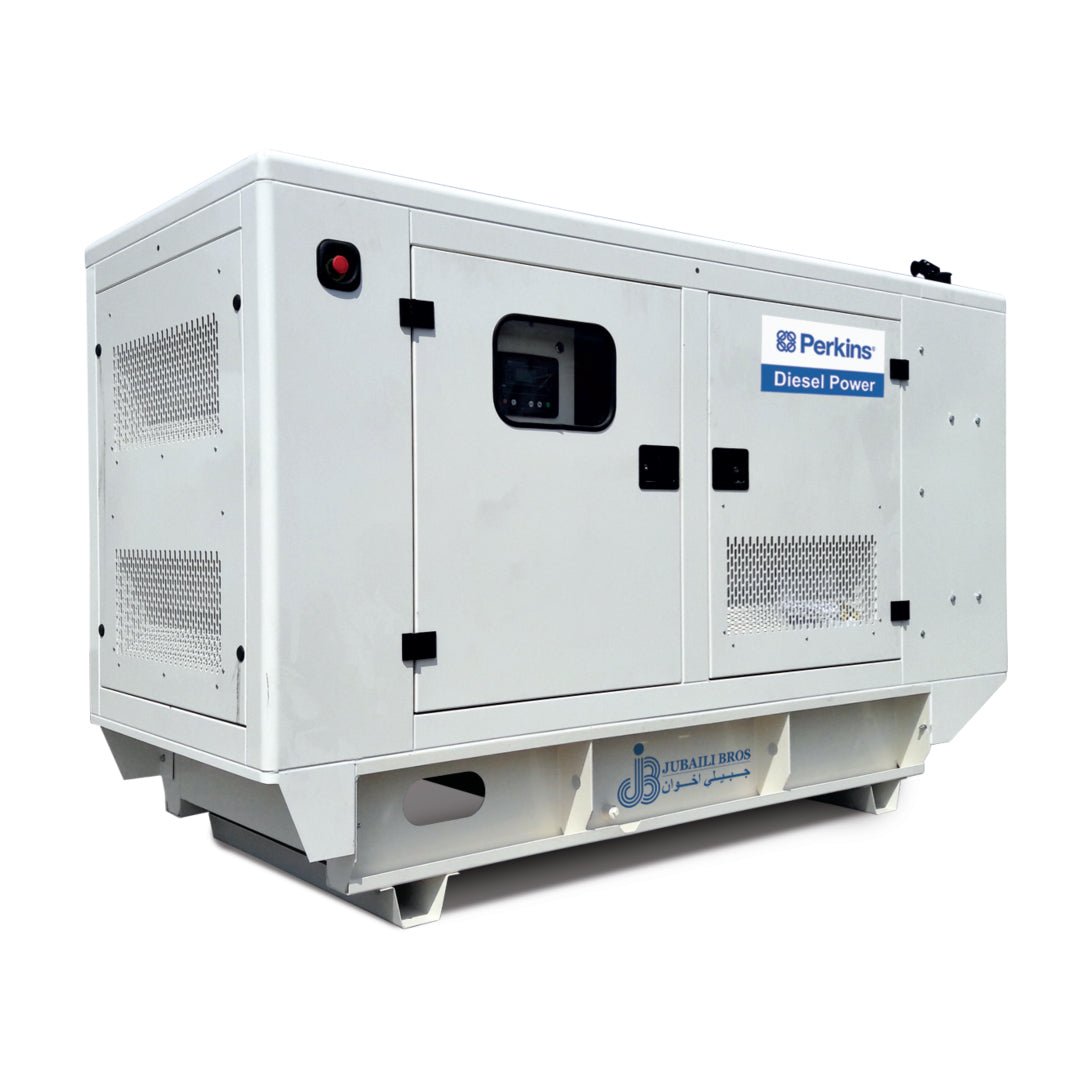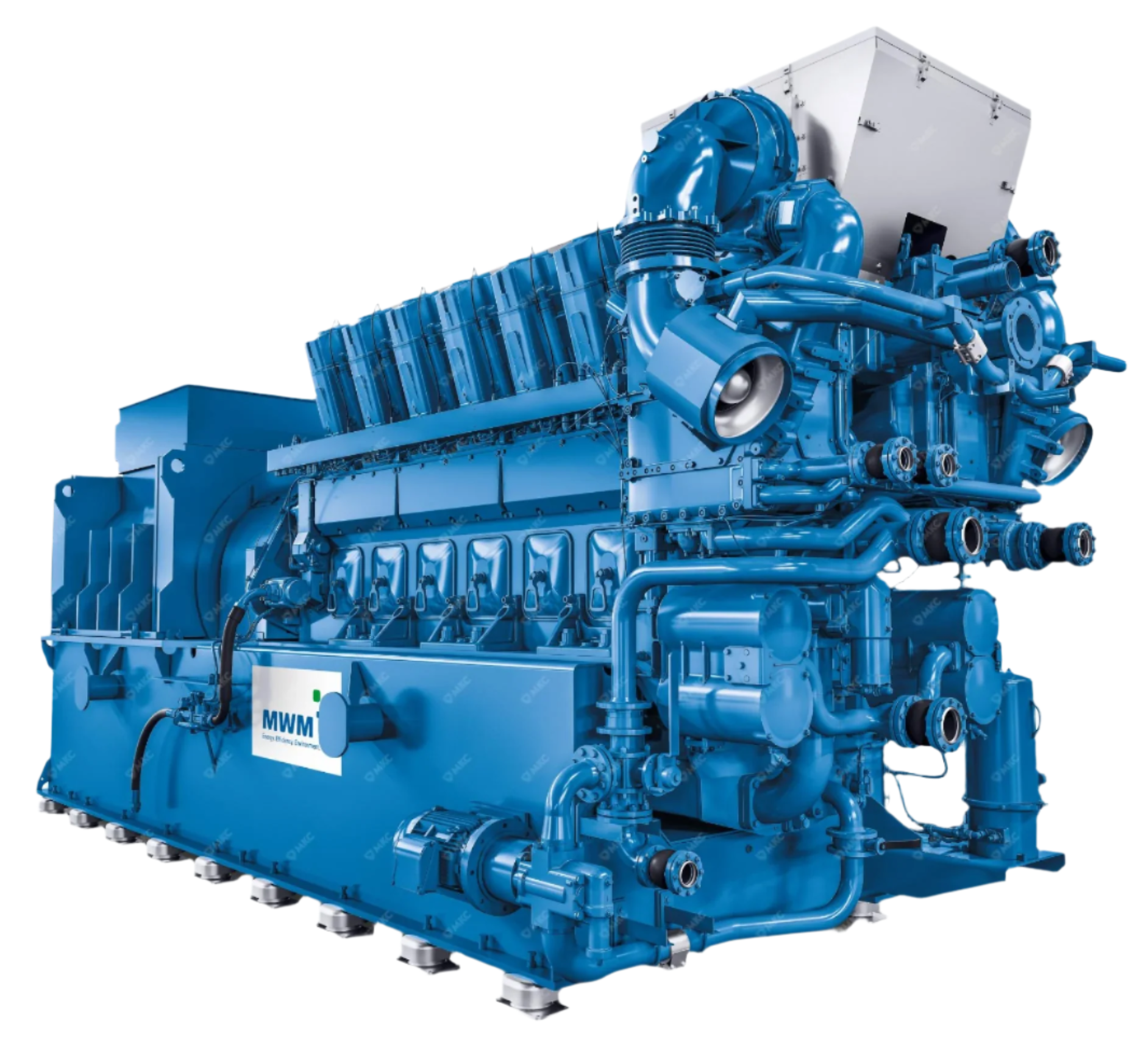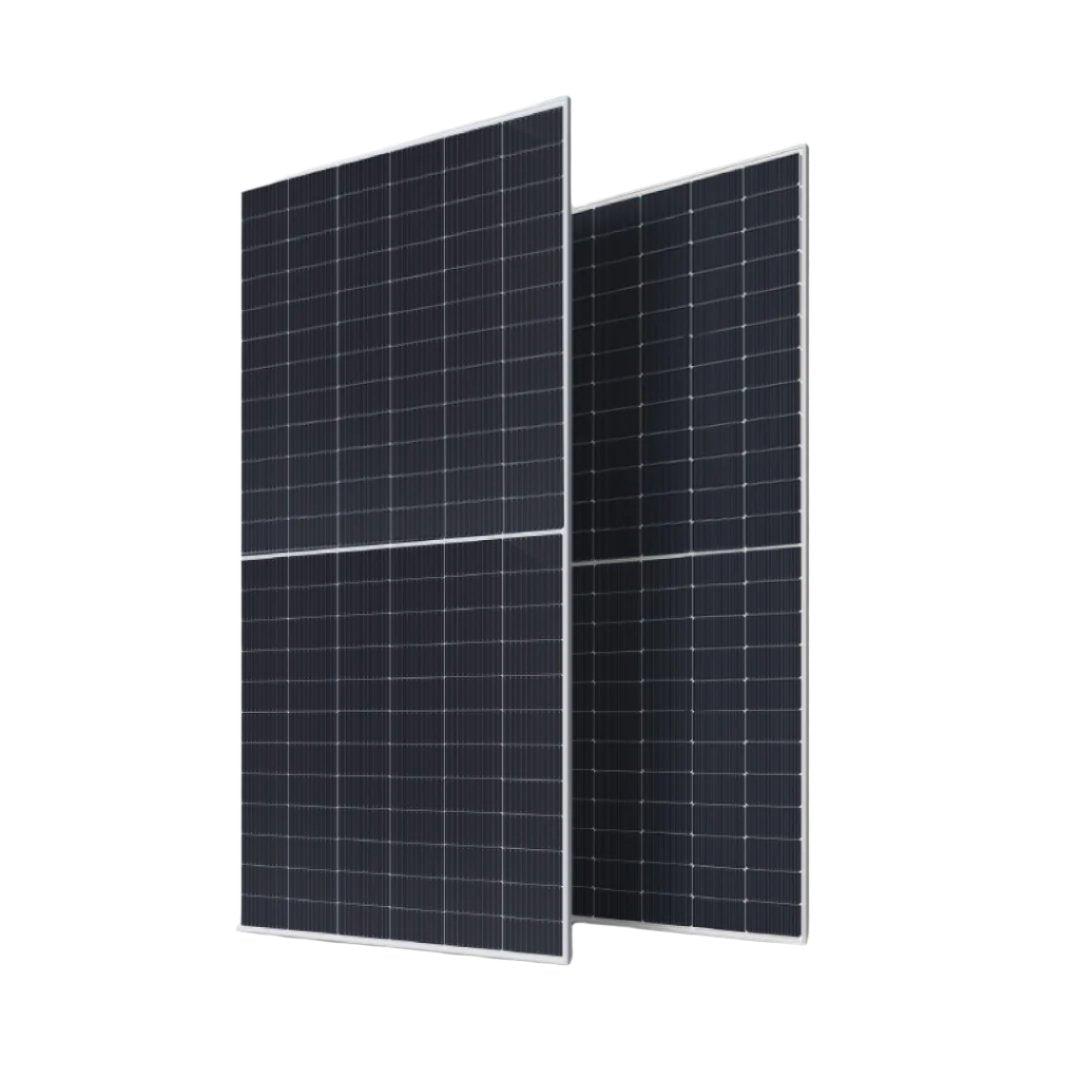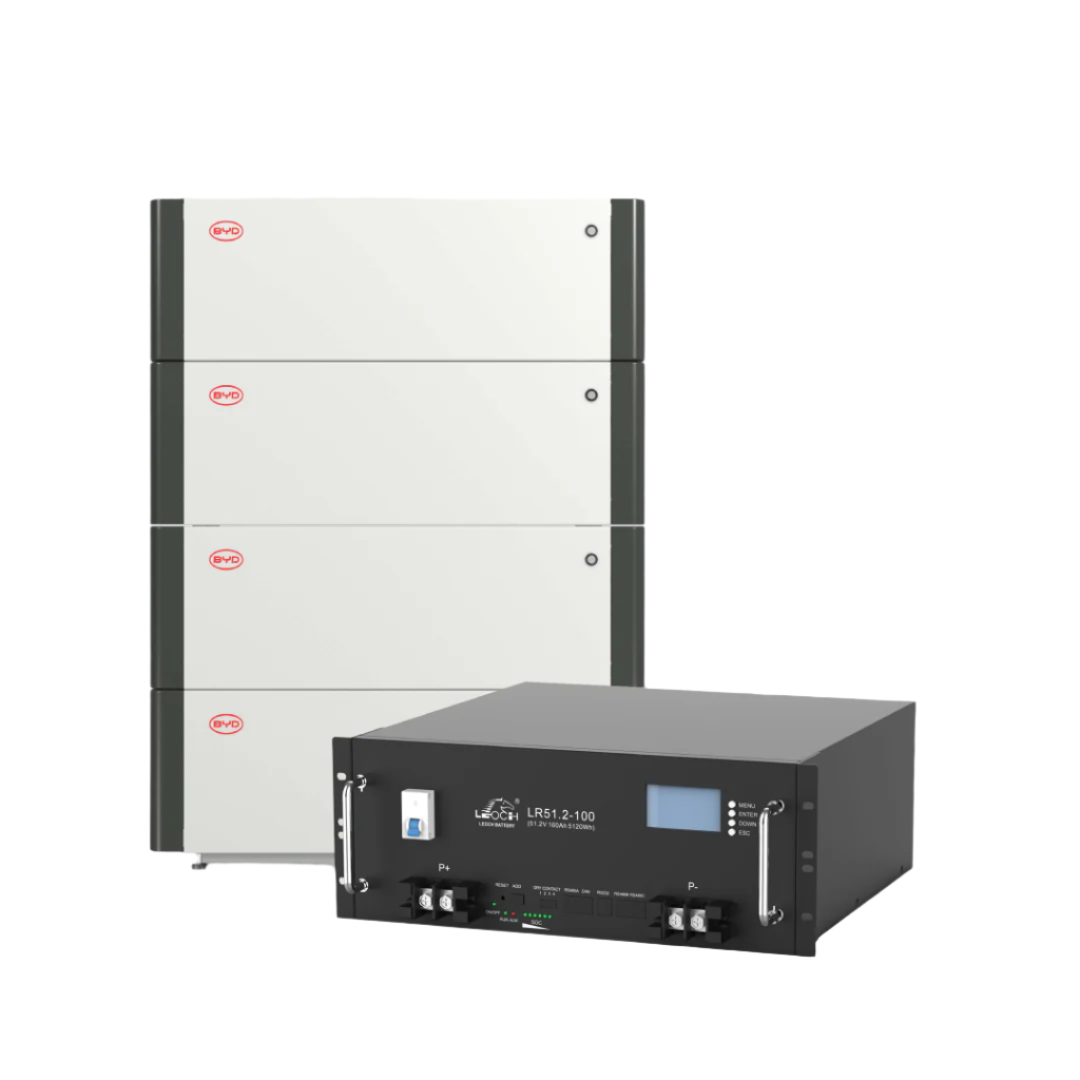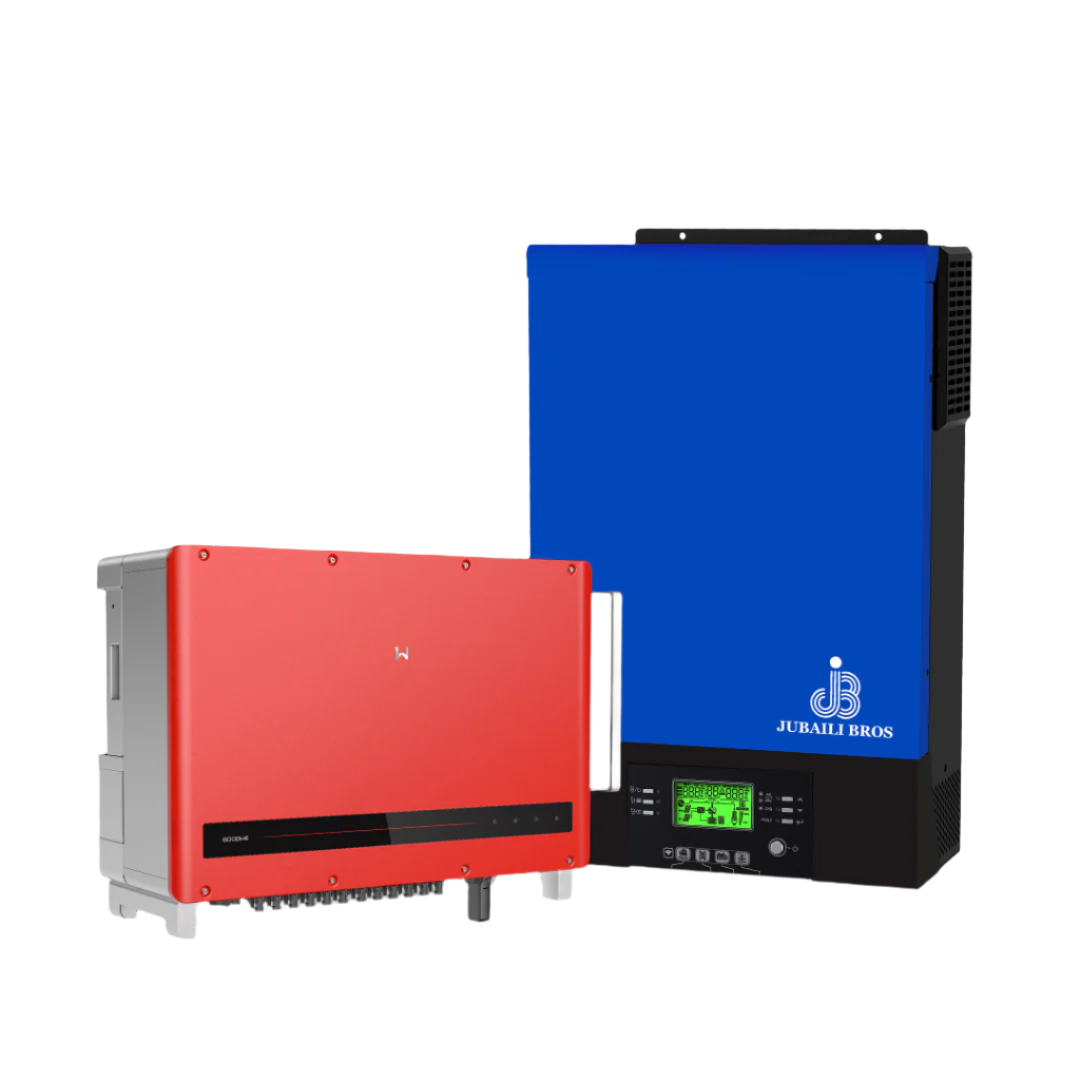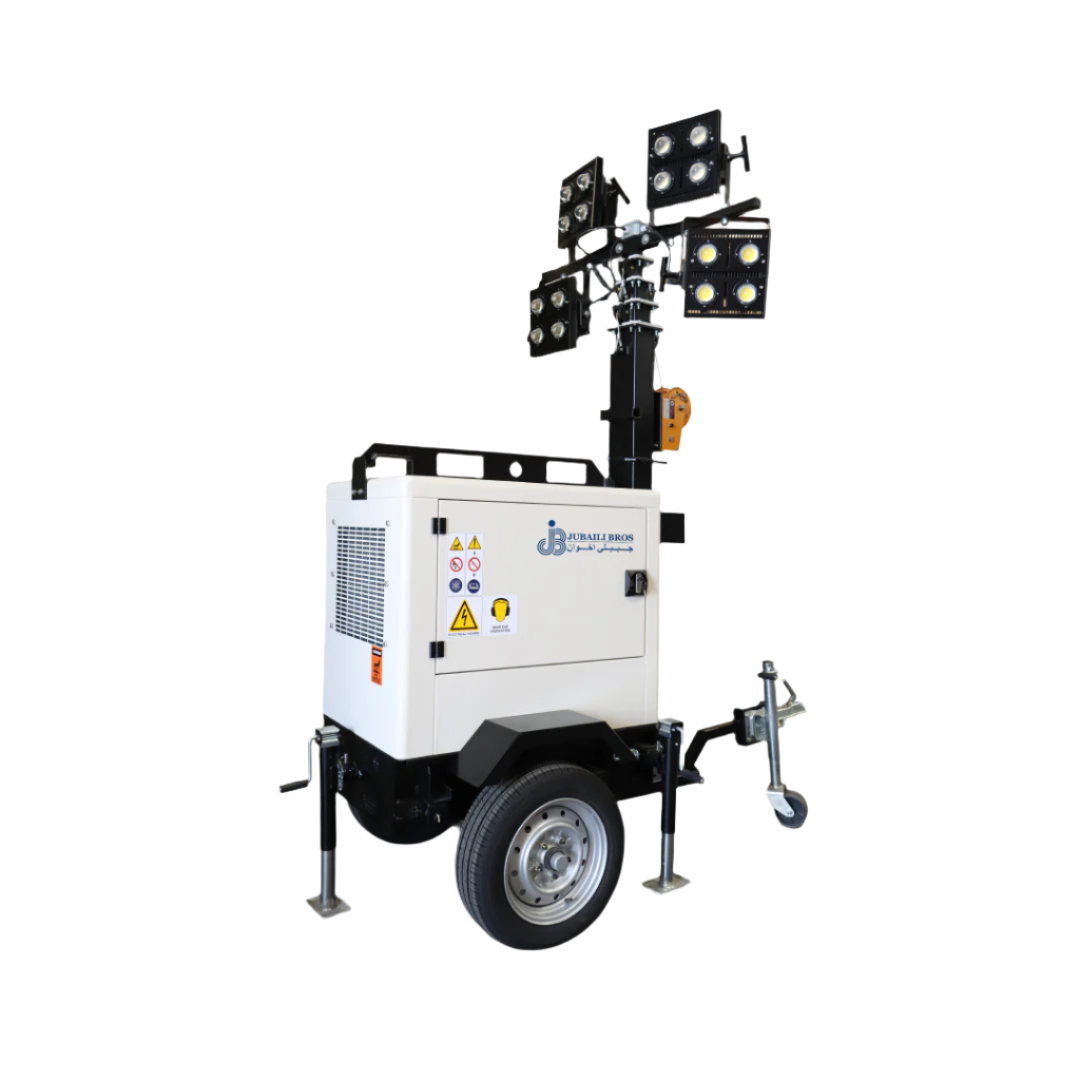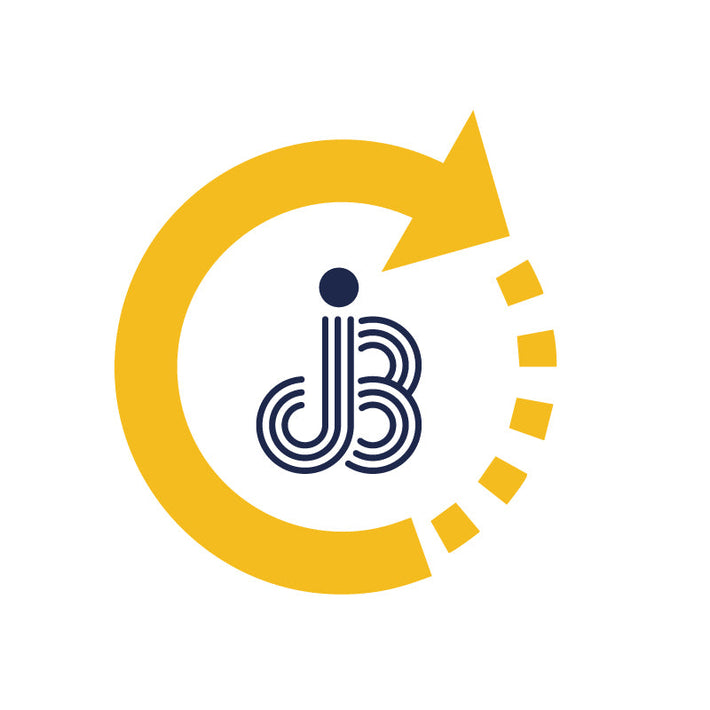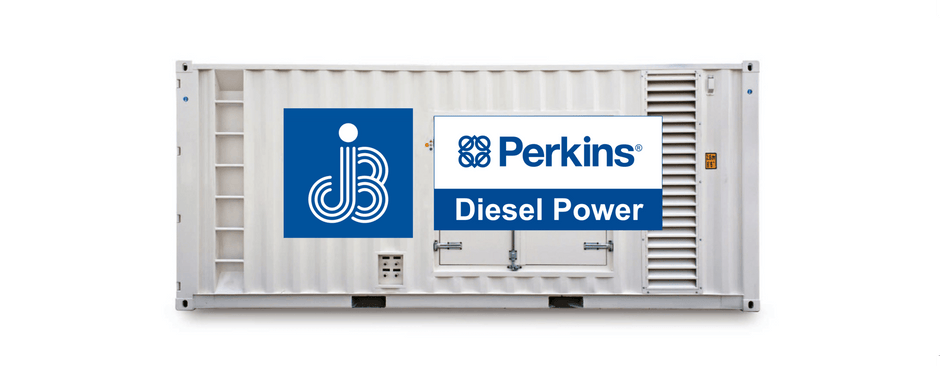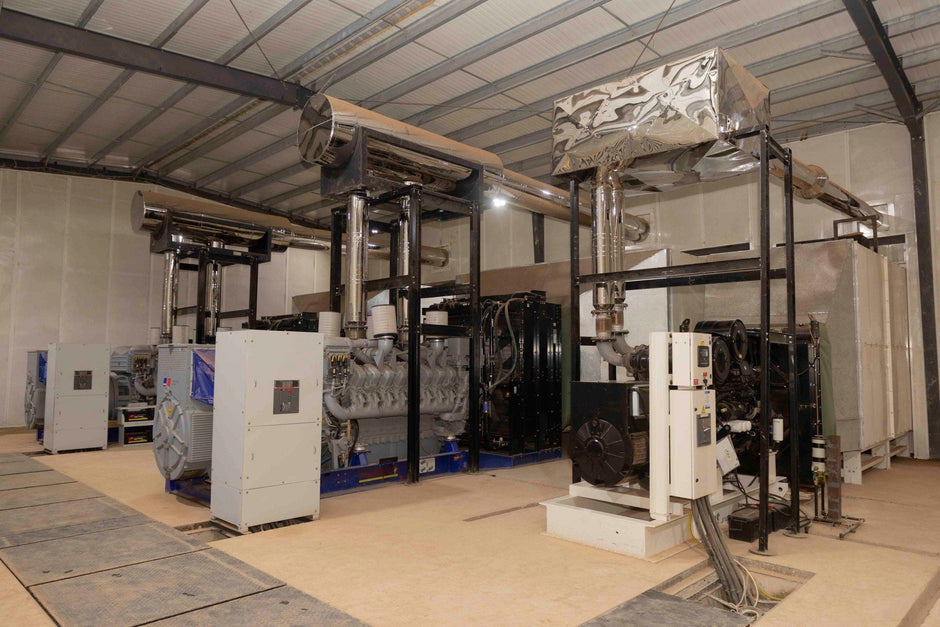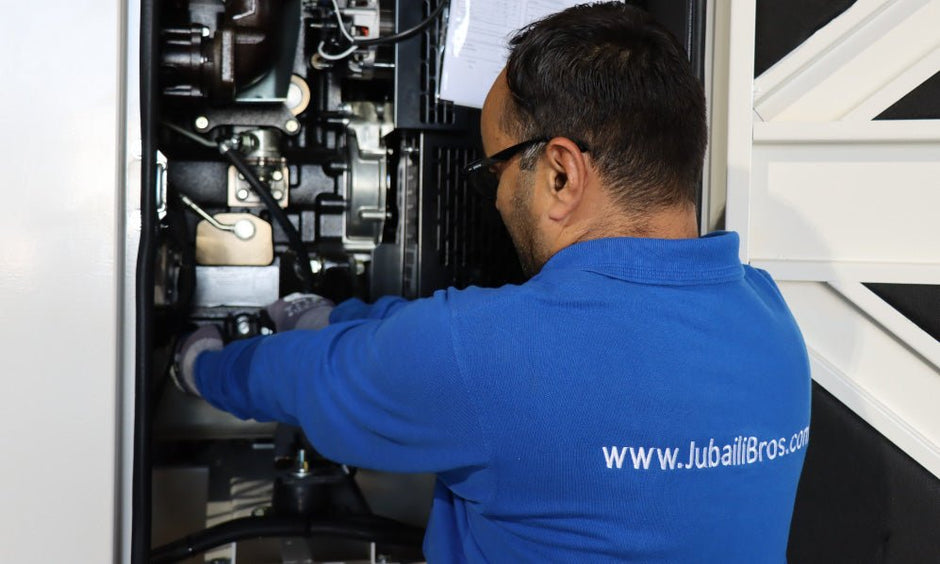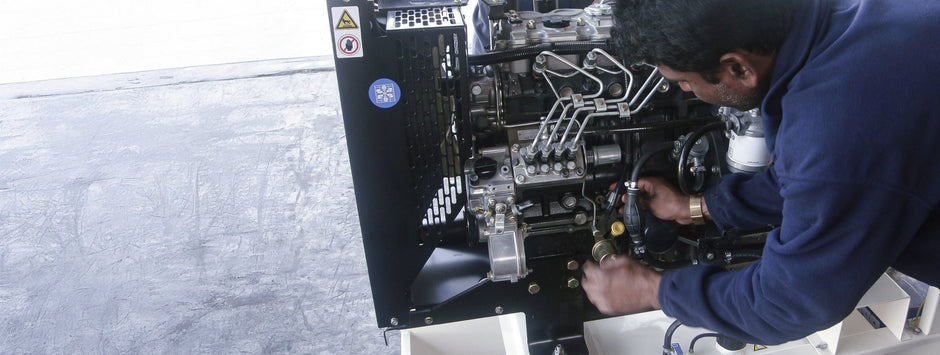Contaminated diesel fuel is responsible for an estimated 65% of unplanned generator failures. Water ingress, particulate dirt, rust flakes, and microbial growth clog injectors, erode fuel-pump plungers, and cause incomplete combustion that coats turbochargers in soot. A robust fuel-filtration strategy—incorporating bulk-tank water separation, multi-stage on-engine filters, and routine maintenance—is critical for generator reliability. This article explores filter technologies, sizing guidelines, and field-proven practices for stationary diesel generator sets.
Sources of Fuel Contamination
- Condensation: Diesel contains dissolved water that condenses on tank walls during temperature swings, especially in humid climates.
- Tanker delivery: Poorly maintained trucks may introduce sludge, debris, or water from previous fills.
- Microbial growth: Bacteria and fungi thrive at the fuel–water interface, forming sludge and acids.
- Rust and scale: Moisture in steel tanks creates oxide particles that abrade fuel injectors.
- Dust ingress: Open or unfiltered vents draw airborne particles into storage tanks.
Filtration Performance Metrics
The Beta ratio (βx) is used to define filter efficiency. For example, β5 = 200 means the filter removes 99.5% of particles ≥ 5 µm. High-pressure common-rail systems require β4 ≥ 200 to protect injectors.
| Stage | Micron Rating | Typical β Ratio | Purpose |
|---|---|---|---|
| Bulk tank coalescer | 30 µm | β30 > 75 | Removes free water and coarse solids |
| Pre-filter / water separator | 10 µm | β10 ≥ 75 | Captures remaining water and large particulates |
| Secondary engine filter | 2 µm | β4 ≥ 200 | Protects injectors and high-pressure pump |
Water Separation Technologies
- Coalescing media: Multi-layer synthetic fibres combine small water droplets into larger ones that settle out by gravity.
- Centrifugal separators: Use spinning motion to force water to the outside while fuel remains at the centre.
- Water-absorbing polymers: Swell and block flow upon contact with water, acting as a backup safety measure.
For standby sets, a duplex coalescer with manual changeover allows filter service without shutting down the generator.
Filter Housing Selection and Sizing
- Design for pressure drop ≤ 25 kPa on suction side and ≤ 50 kPa on pressure side at rated flow.
- Use clear polycarbonate water bowls rated UL 94 V-2 for visibility, or metal bowls with sight glass for high-risk rooms (e.g., fire-pump applications).
- Install heater elements in the filter bowl for cold climates to prevent wax dropout below 5 °C.
- Include hand priming pumps to simplify bleeding after filter service.
Fuel Polishing Systems
For tanks storing diesel longer than 6 months, a recirculating polishing skid is recommended. Typical system features include:
- Gear pump (24 h rated) delivering 1–2 tank turnovers per day
- 30 µm bag filter → 10 µm coalescer → 2 µm absolute cartridge
- Water-in-fuel sensor with automatic drain solenoid
Jubaili Bros offers 500 l/h and 1 000 l/h skids with Deep Sea controller integration for run-time logging and remote alarm.
Maintenance Intervals and Indicators
| Component | Interval | Service Guidelines |
|---|---|---|
| Bulk tank coalescer | Annually or ΔP > 20 kPa | Replace filter; drain water weekly |
| Pre-filter / water separator | 250 h (standby) / 500 h (prime) | Replace filter; clean bowl |
| Secondary engine filter | 250 h (standby) / 500 h (prime) | Replace when ΔP gauge exceeds 45 kPa |
| Polishing skid filters | Every 1 000 h polishing | Replace based on weight or ΔP alarm |
Fuel Sampling and Quality Testing
Laboratory testing every quarter is recommended. Key parameters include:
- Water & sediment (% v/v)
- ISO 4406 cleanliness code
- Microbial count (CFU/mL)
- Density and sulphur content
- Flash point (°C)
Diesel should meet ≤ 0.05% water & sediment and ISO 18/16/13 or cleaner for common-rail engines.
Troubleshooting Quick Guide
- Black exhaust smoke under load: Check air filter and post-filter ΔP; may indicate high fuel flow or restricted airflow.
- High ΔP after filter change: Wrong element rating—replace with OEM 2 µm.
- Frequent water sensor alarms: Replace coalescer; inspect vent breather and tank gaskets.
- Engine hunting: Check for air ingress at filter head and hose fittings on suction side.
Best Practices in GCC Conditions
- Use desiccant breathers with check valves; replace when silica gel changes colour.
- Paint external tanks white or reflective to reduce heat gain and condensation.
- Rotate fuel stock annually; drain bottom low points every quarter.
- Dose with broad-spectrum biocide (150 ppm) after each fuel delivery.
Conclusion
Fuel cleanliness is essential for modern diesel engines. Tight injector tolerances leave no room for error. Multi-stage filtration, reliable water separation, and disciplined fuel management convert stored diesel into a dependable power reserve.
Need help designing or retrofitting a fuel-filtration system? Contact Jubaili Bros – we supply duplex coalescers, polishing skids, and lab test kits tailored to local GCC conditions.







